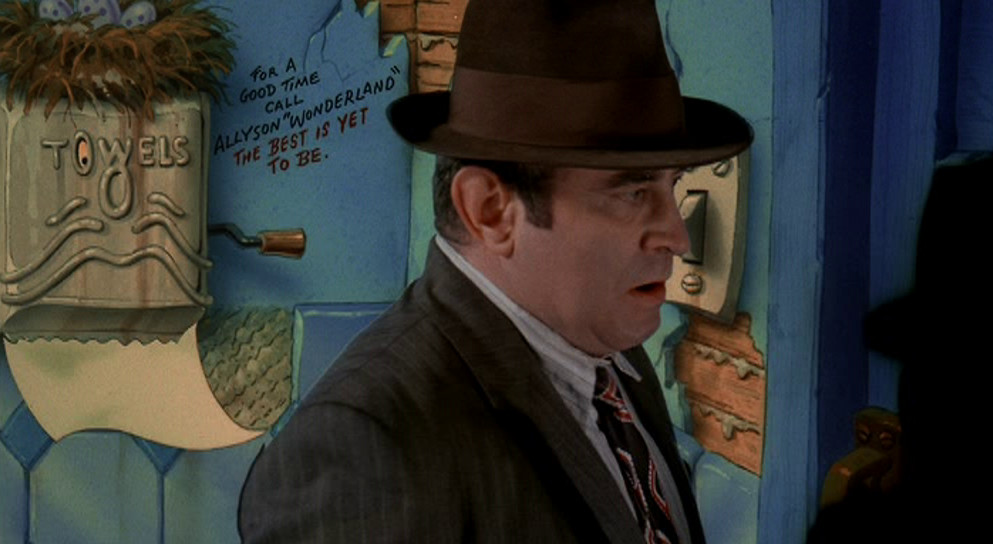When it comes to anecdotes, it’s always best to poke them with a sharp stick occasionally. That goes double for anecdotes about Walt Disney. No, I promise you: he wasn’t cryogenically frozen upon his death. He really wasn’t. Promise.
A less well-known story surrounds Walt’s political persuasions. By 1964, he was most certainly an avowed Republican. Neal Gabler, in his biography Walt Disney: The Triumph of the American Imagination (Random House, 2006) tells us the following:1
“…none of his honours may have been greater than the Presidential Medal of Freedom, the highest award the nation can bestow. Walt received it from President Lyndon Johnson at the White House during the 1964 presidential campaign – Walt wore a Goldwater button under his lapel – and it was a measure of his status that among his fellow honorees that day were the poets T.S. Eliot and Carl Sandberg, the novelist John Steinbeck, the urban historian Lewis Mumford, the naval historian Samuel Eliot Morison, the artist Willem de Kooning, the composer Aaron Copland, the columnist Walter Lippmann, the journalist Edward R. Murrow, and Helen Keller. Walt Disney was in the pantheon.”
Hang on, hang on. Back up from that list of names a minute. What was that?
“Walt wore a Goldwater button under his lapel”
So Walt Disney received the Presidential Medal of Freedom from Lyndon Johnson, a Democrat… and wore a campaign button for Barry Goldwater, the Republican nominee for president, during the ceremony? This is very, very funny indeed.
But is it true?
Gabler sourced this particular piece of information from Remembering Walt (Hyperion, 1999), by Amy Boothe Green and Howard E. Greene. In it, there’s the following short quote from Charlie Ridgway, a publicist for the Disney theme parks for over three decades:
“The day Walt went to the White House to receive the Freedom Award from President Johnson, he wore his Goldwater button inside his lapel. Walt had been terribly antipolitical until George Murphy ran for the Senate. Being a friend of George, he supported him and that got him into politics again. From then on he was a rather avid Republican. Johnson did not take Walt’s political commentary with good grace at all.”
It’s a great story, but it also raises questions. For a start, if Walt wore the badge inside his lapel, how did Johnson even see it in the first place? Did Walt flash the badge at him? And if he didn’t flash the badge at him, why would he wear it in the first place? Just for his own amusement? For that matter, how did Ridgway know about any of this in the first place? Did he personally witness it?
It all feels a little too good to be true. Worryingly like an anecdote that people wish had happened, or something that Walt had joked about doing, but never actually did. There’s just not quite enough information in the above quote to truly trust it.
Luckily, somebody else has done the real work. Back in 2007, animation historian Michael Barrier did some research, and wrote this in-depth essay, which is essentially the final word on the whole affair. I won’t quote extensively from that piece; it’s worth reading for yourself. But, incredibly, while some of the details are still difficult to pin down, the story turns out to be pretty much true. Amazing.
With thanks to Darrell Maclaine for digging out his copy. ↩

